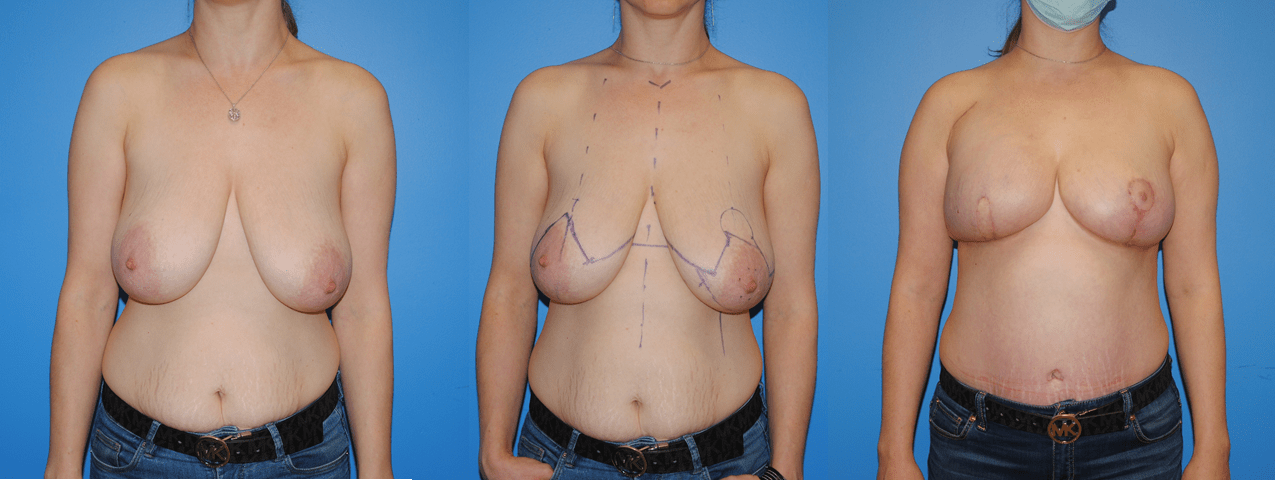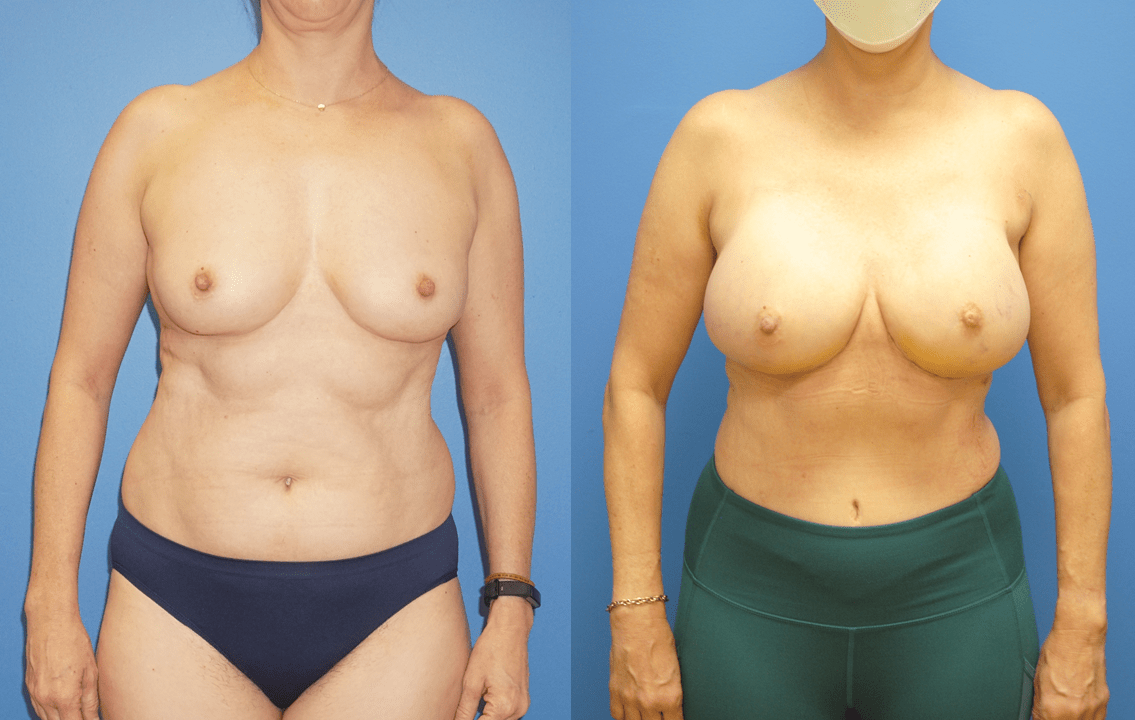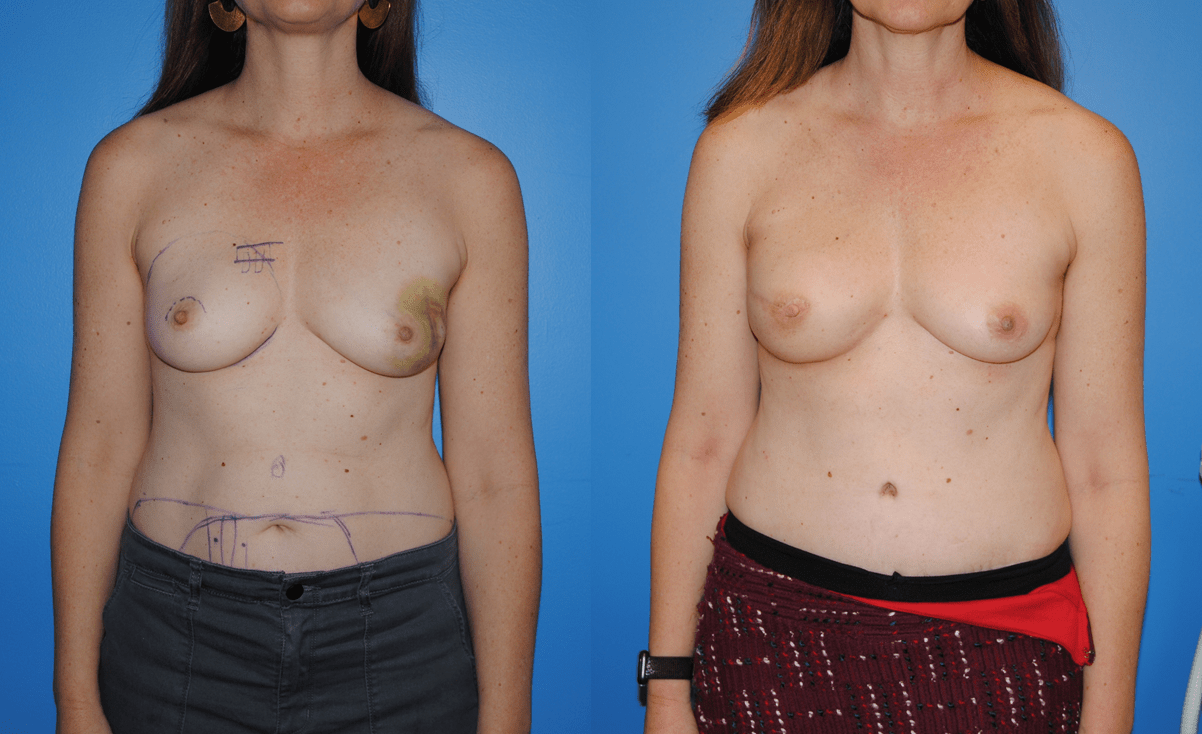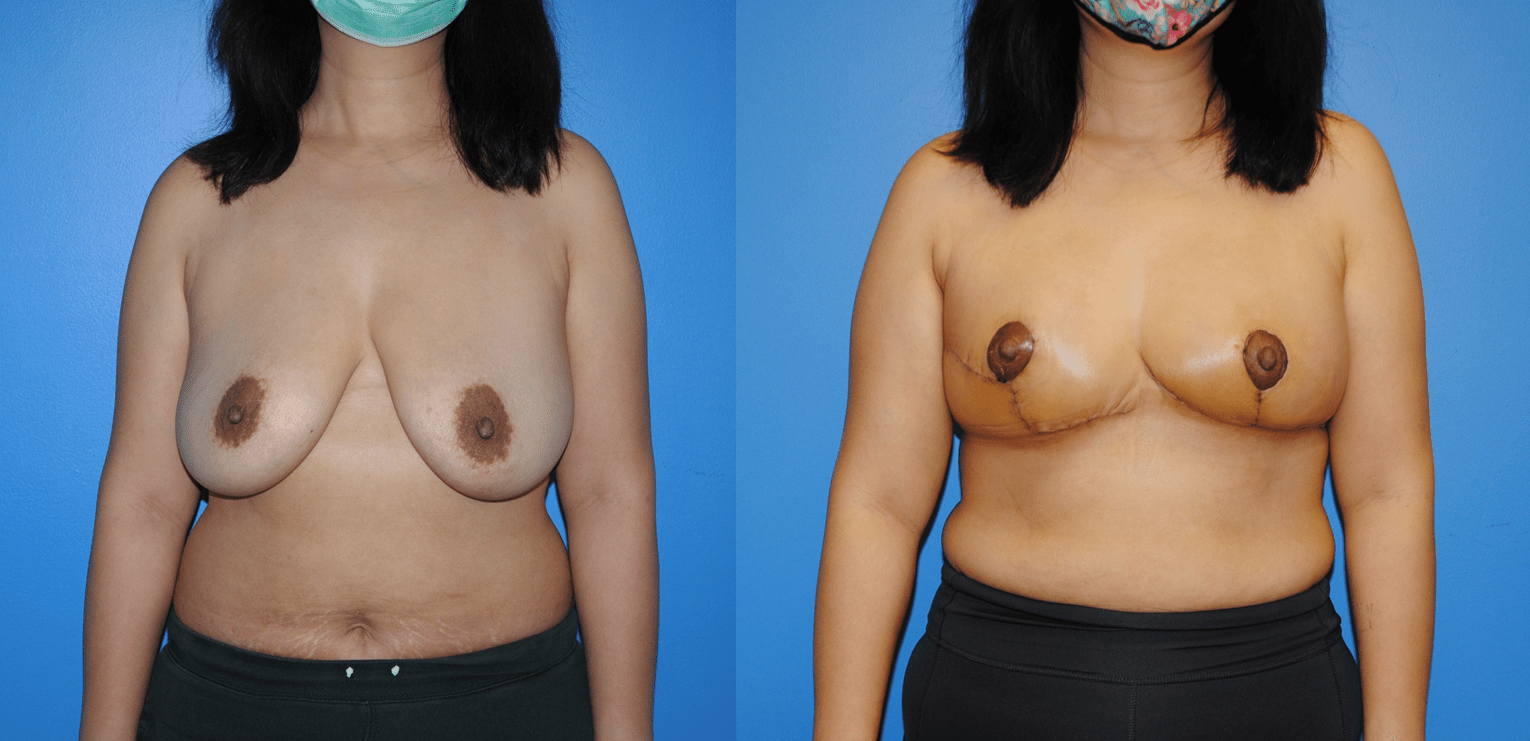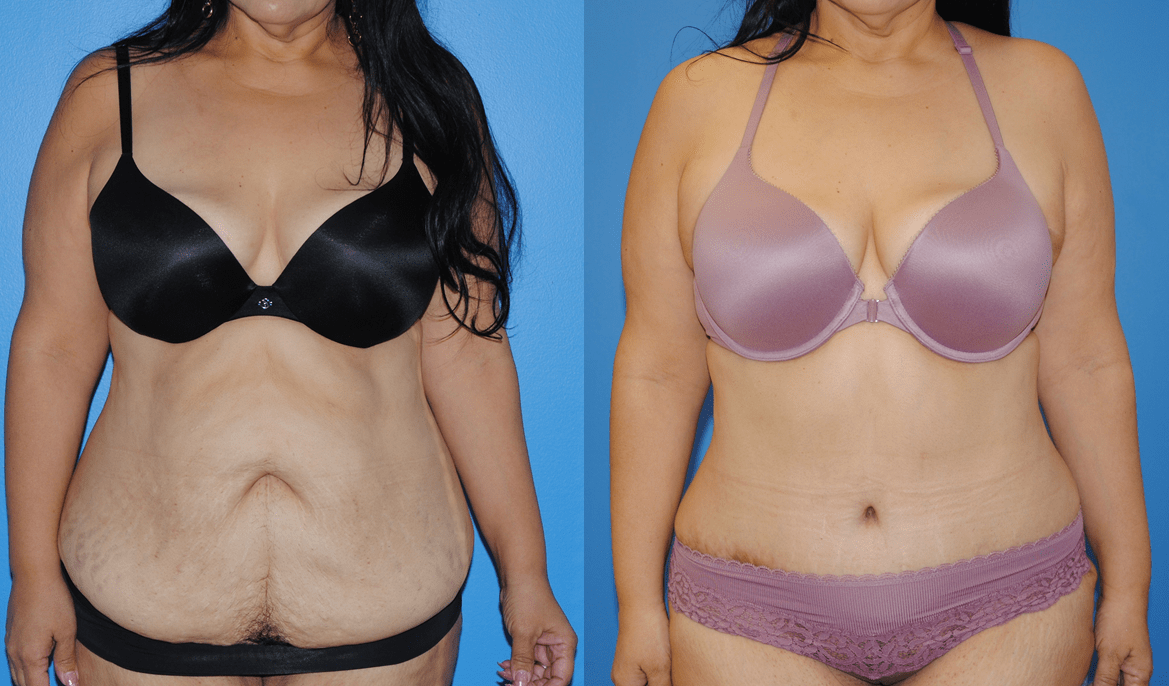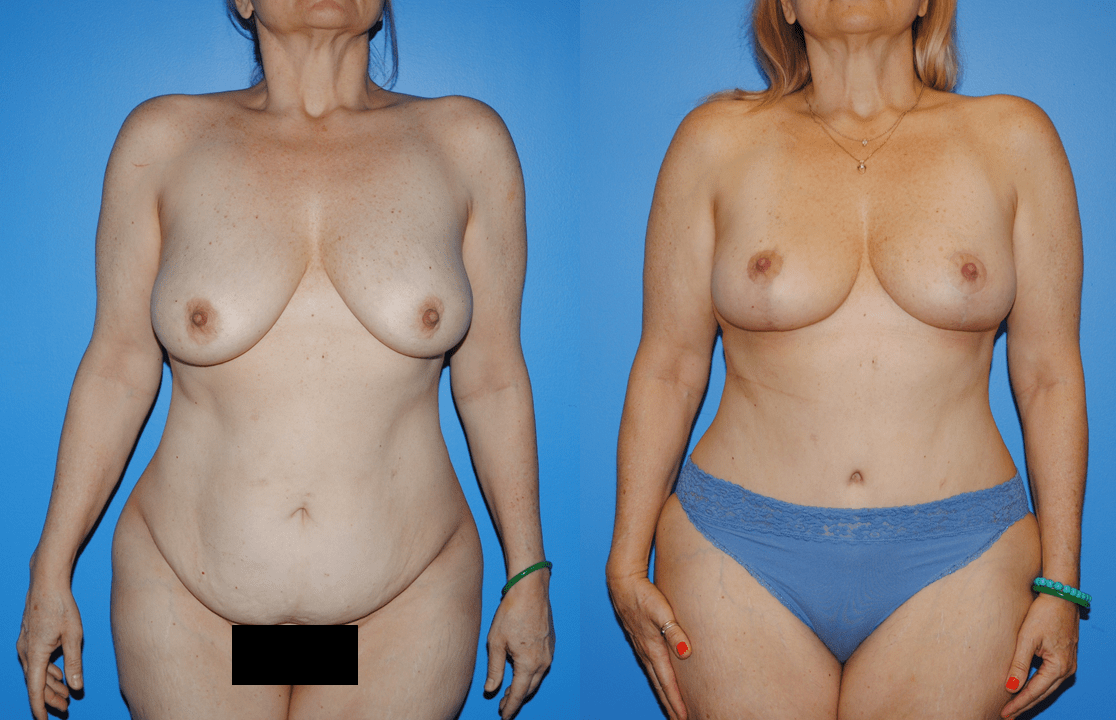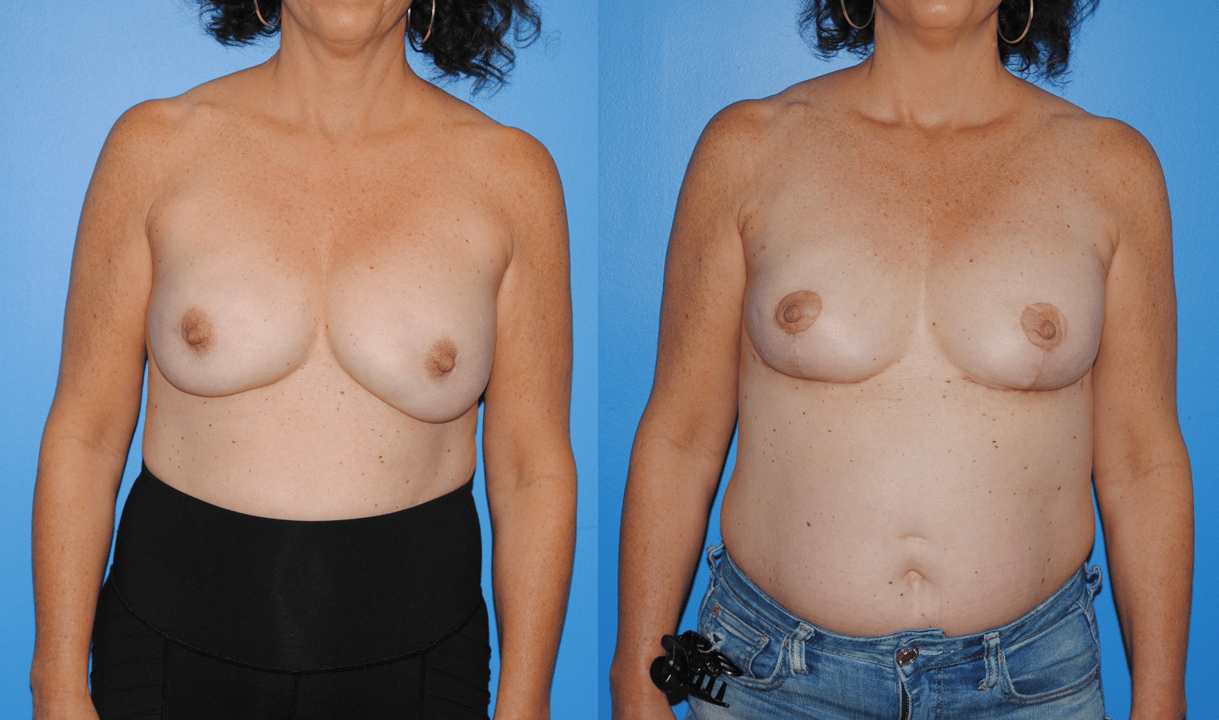DIEP flap breast reconstruction uses the tissue from the lower abdomen to reconstruct the breast. This allows a natural match to the other breast. What can determine if a patient is a candidate for DIEP flap breast reconstruction is the amount of tissue on the lower abdomen and presence or absence of abdominal scars from previous surgeries. The satisfaction rate…
